While we recognize Madame Le Prince's version of The Beauty and the Beast (La Belle et la Bete) as 'the original', we don't need much to find versions published several decades or several centuries before this French writer published 'her' fairy tale, which was actually abridged version of Madame Villeneuve's.
Of course, in all these variations we can also find many changed details which make all the difference. Even in the 20th and 21st century this story still inspires countless artists who try to use the well-known frame of the lady who helped the beast at the transformation in a human being to present their own views on contemporary society send their personal messages or express criticism to the established conditions in our relationships.
I dived several thousand years into the past to present you 10 popular versions of The Beauty and the Beast, each with a short comment and links to further exploration of the theme:


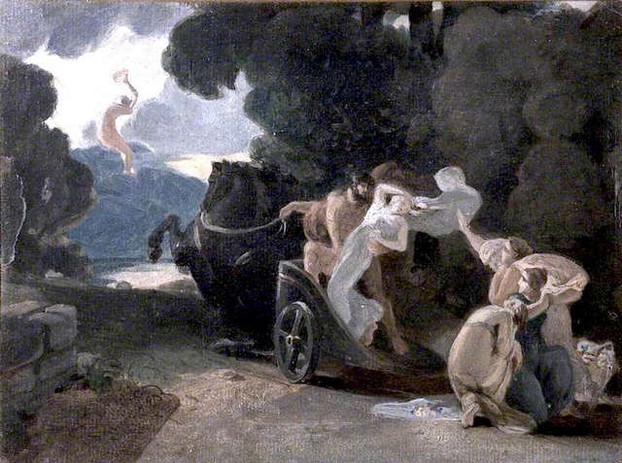
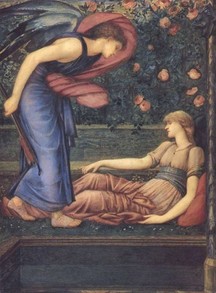
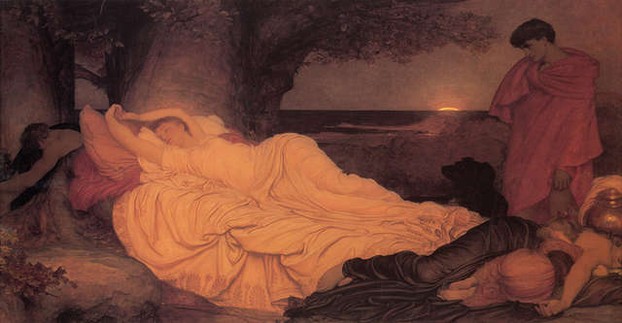
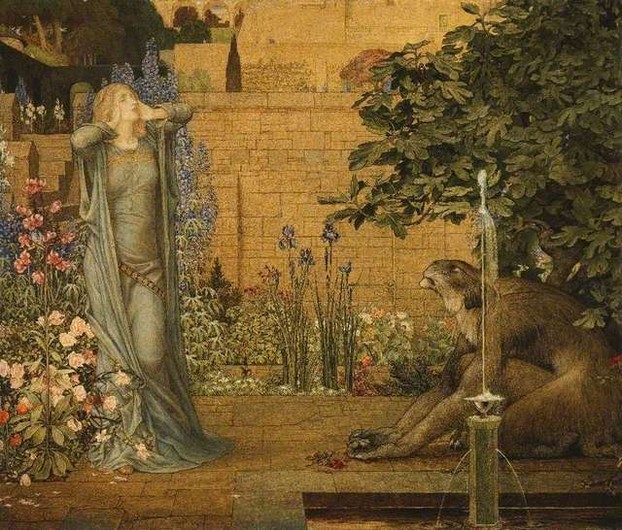
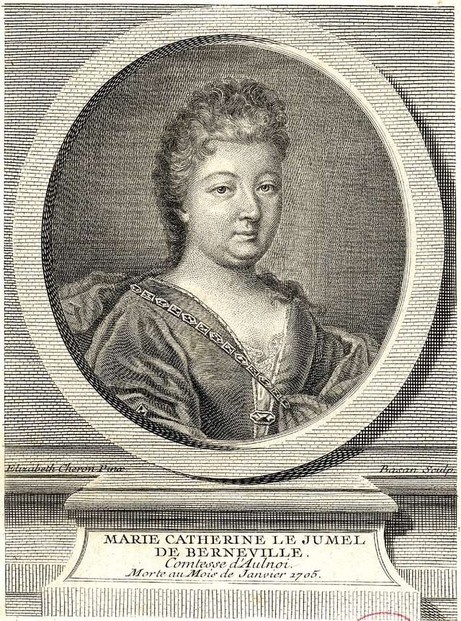
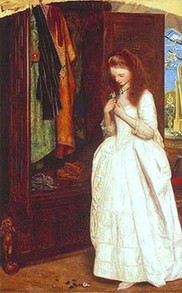
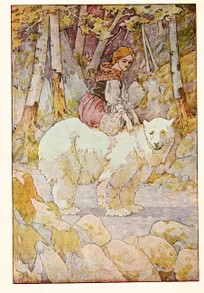
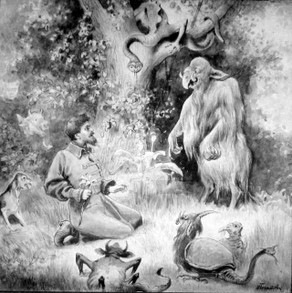



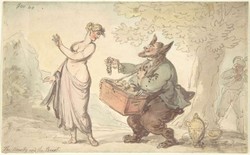

 Vintage Postcard Artists with 10 Examples of Easter Cardson 02/21/2025
Vintage Postcard Artists with 10 Examples of Easter Cardson 02/21/2025
 Valentine's Symbolson 01/23/2025
Valentine's Symbolson 01/23/2025
 Thanksgiving Symbolson 11/12/2024
Thanksgiving Symbolson 11/12/2024
 Famous Witches in Literary Historyon 10/06/2024
Famous Witches in Literary Historyon 10/06/2024

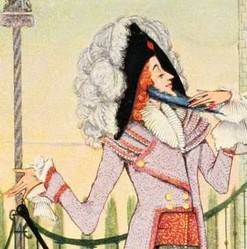
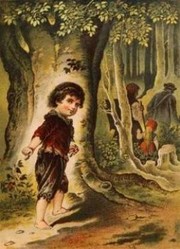
Did you know there are so many versions of The Beauty and the Beast?
Blogs on canalblog are going through major changes so some of them can be inaccessible for a few days. At the moment, the link you mentioned works fine.
A good story can circulate for centuries. It would take a whole book to explain what Ithin about that. In essence it should deal with immortal theme (injustice, lost love, death, ...) and have interesting characters. A pinch of magic can't hurt.
I am sure there's her take on Bluebeard, Puss in Boots, Red Riding Hood and a few others as well.
Can't say that, sorry. There are so many version one could devote a whole life to explore just one story.
John Dickson Batten, Arthur Hughes, Frederik Richardson, Nikolay Bogatov - these are the last vintage artists in the article.
It's simple. One of the major characters is in most cases ntroduced as an animal and another major character has to do something to help him/her to transform into human form.
The 9th subheading, Bloody Chamber by Angela Carter (1979), brings up an interesting proposition in its retelling certain fairy tales and not others.
Almost 50 years after that publication, what fairy tales might be excluded or included in a similar retelling?
(In other words, which fairy tales in essence perish, which fairy tales persist, and why?
The 9th subheading, Bloody Chamber by Angela Carter (1979), describes its topic as "modern rewritings of some of the most popular fairy tales."
What fairy tales did the aforementioned author include?
The 9th subheading, 9. Bloody Chamber by Angela Carter (1979), ends with the explanation that "There is also another important point to acknowledge: being the Beast he is special and interesting but as a handsome young man he is just an ordinary guy what is further emphasized in Cocteau's movie La Belle et la Bete from 1946. Belle is actually disappointed after the transformation. In this case, a transformation can be understood as the end of magic."
Is the Cocteau film, which I know and like, alone in that interpretation?
Sometimes the plucky cursor just doesn't give any attributions even in the Mozilla Firefox that you identified as your fail-safe and that 99.9-percent-recurring is now mine!
Is it possible, please and thank you, to list those attributions for all but the image below subheading 5. Prince Marcassin by Madame d'Aulnoy (1698) and the image right of subheading 6. Gabrielle-Suzanne Barbot de Villeneuve (1740) and Jeanne-Marie Leprince de Beaumont (1756)?